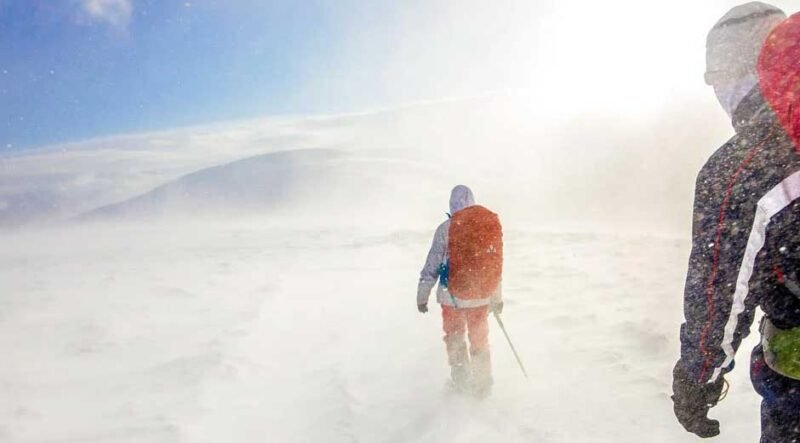
Dressing for winter outdoor activities demands more than just bundling up in heavy layers. The cold can sap your energy, limit mobility, and put you at risk if you aren’t properly prepared. Whether you’re hiking across snowy trails or waiting patiently in a hunting blind, the right clothing determines how well you handle the conditions. Without the proper setup, cold air and moisture can turn a simple outing into a miserable experience.
Cold weather introduces risks that can be prevented with the right approach. Knowing what to wear, how to layer, and which materials to choose makes all the difference. In this article, we will go over several strategies to make sure you stay warm during these activities.
1 – Layering clothes
According to a special operations survival instructor, the right layering system helps control body heat, keeps sweat from making you cold, and protects against wind and snow.
The base layer keeps your skin dry. Even in freezing temperatures, your body sweats, and the wrong fabric will soak it up, leaving you cold. Cotton is a bad choice because it holds moisture, making you wet and miserable. Instead, wear merino wool or synthetic fabrics that pull sweat away from your skin.
The middle layer traps heat. Fleece, down, and synthetic insulation hold warm air close to your body. Down is great for dry weather but loses warmth if it gets wet.
The outer layer blocks wind and moisture. A waterproof jacket is important when it’s snowing or raining, but it also needs to let sweat escape. A good outer layer protects against the elements while allowing airflow.
2 – The right types of clothes
The right jacket, pants, boots, and accessories help you stay outside longer without feeling frozen or soaked.
A good winter jacket does more than just keep you warm. It should block wind, keep out moisture, and let sweat escape so you don’t overheat. Some jackets have built-in insulation for extreme cold, while others are just shells, giving you more flexibility with layers underneath.
Insulated pants are great for very cold weather, especially if you’re standing or sitting for a long time. Waterproof pants keep you dry when hiking through deep snow or wet areas.
Keeping your feet warm and dry is one of the most important things in winter. Insulated, waterproof boots are a must. If your feet get wet, they’ll get cold fast.
3 – Use accessories
The right extra gear can make a big difference when you’re out in the cold. Small things like keeping your eyes safe from glare or getting a better grip on icy ground help you stay comfortable and avoid problems. Having the right accessories can keep you outside longer without struggling against the cold.
Regular boots don’t always have enough grip, so adding microspikes or crampons helps prevent slipping. These attachments dig into ice and packed snow, giving you better balance and control. If you’re walking on steep or rough ground, they help you move more safely and with less effort.

